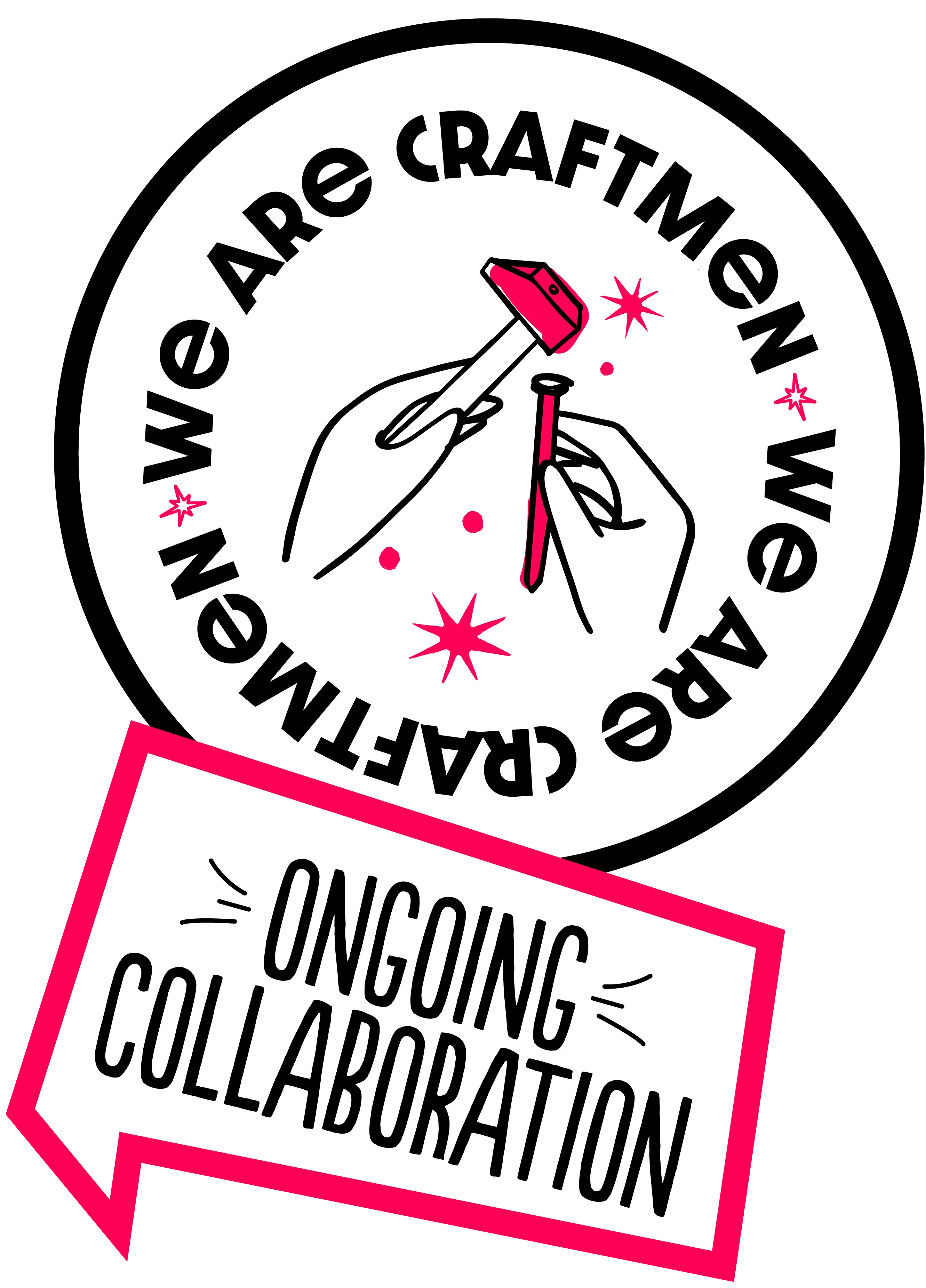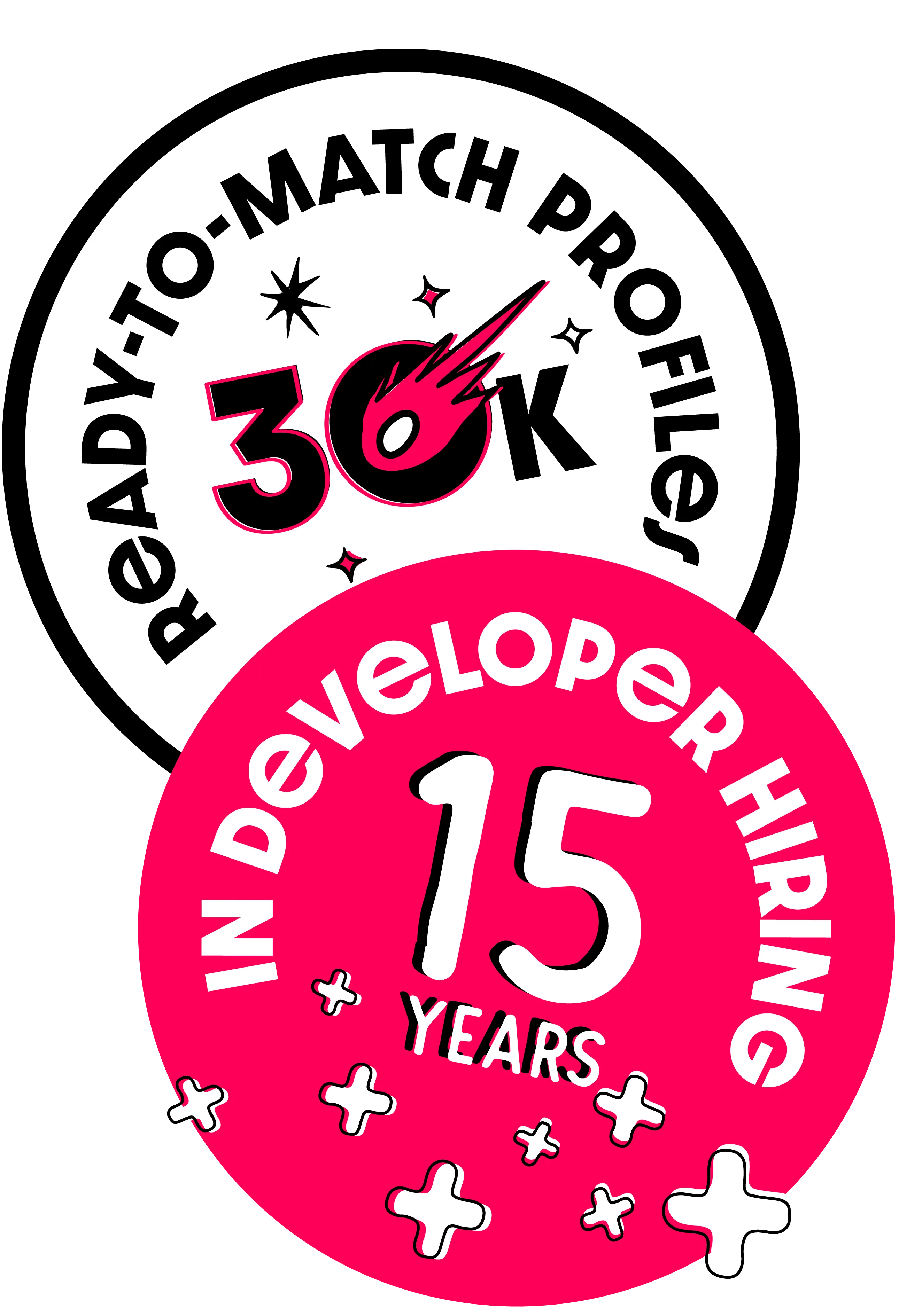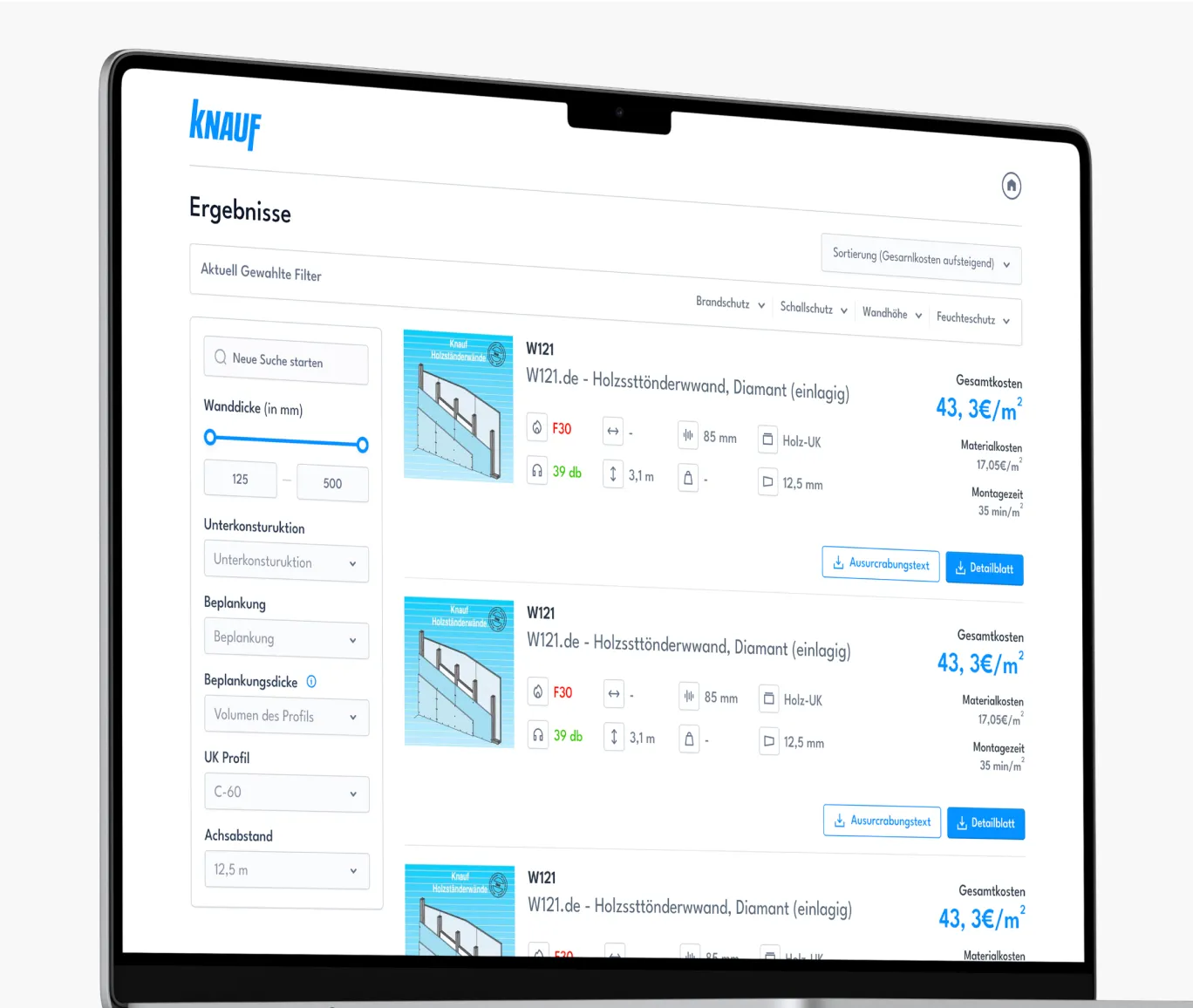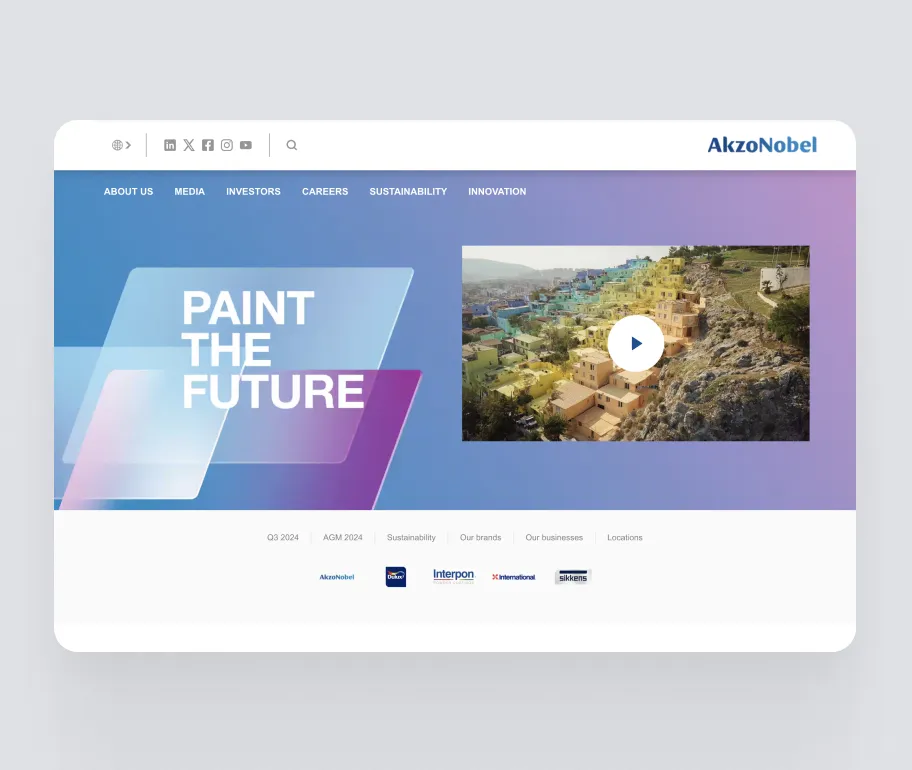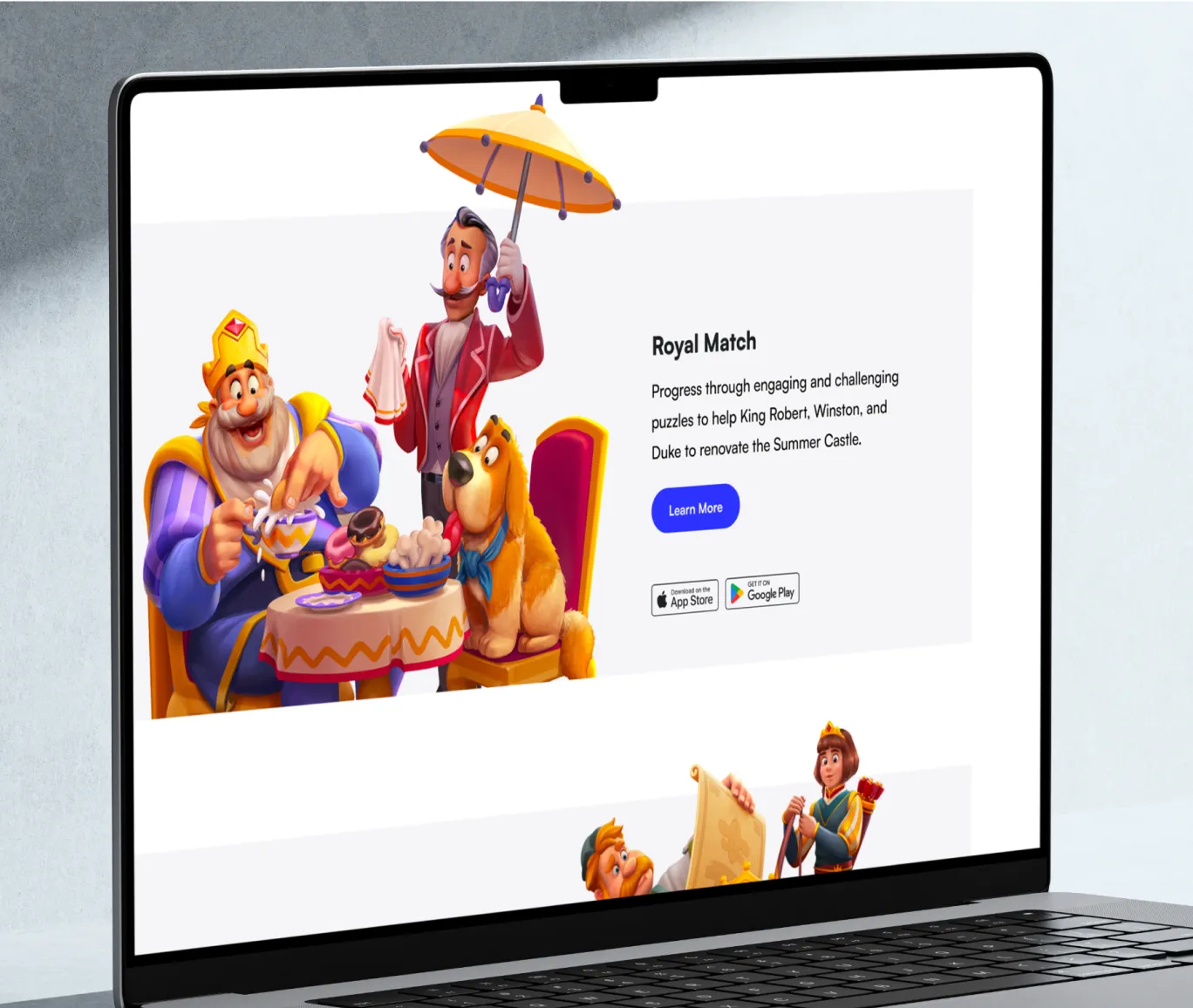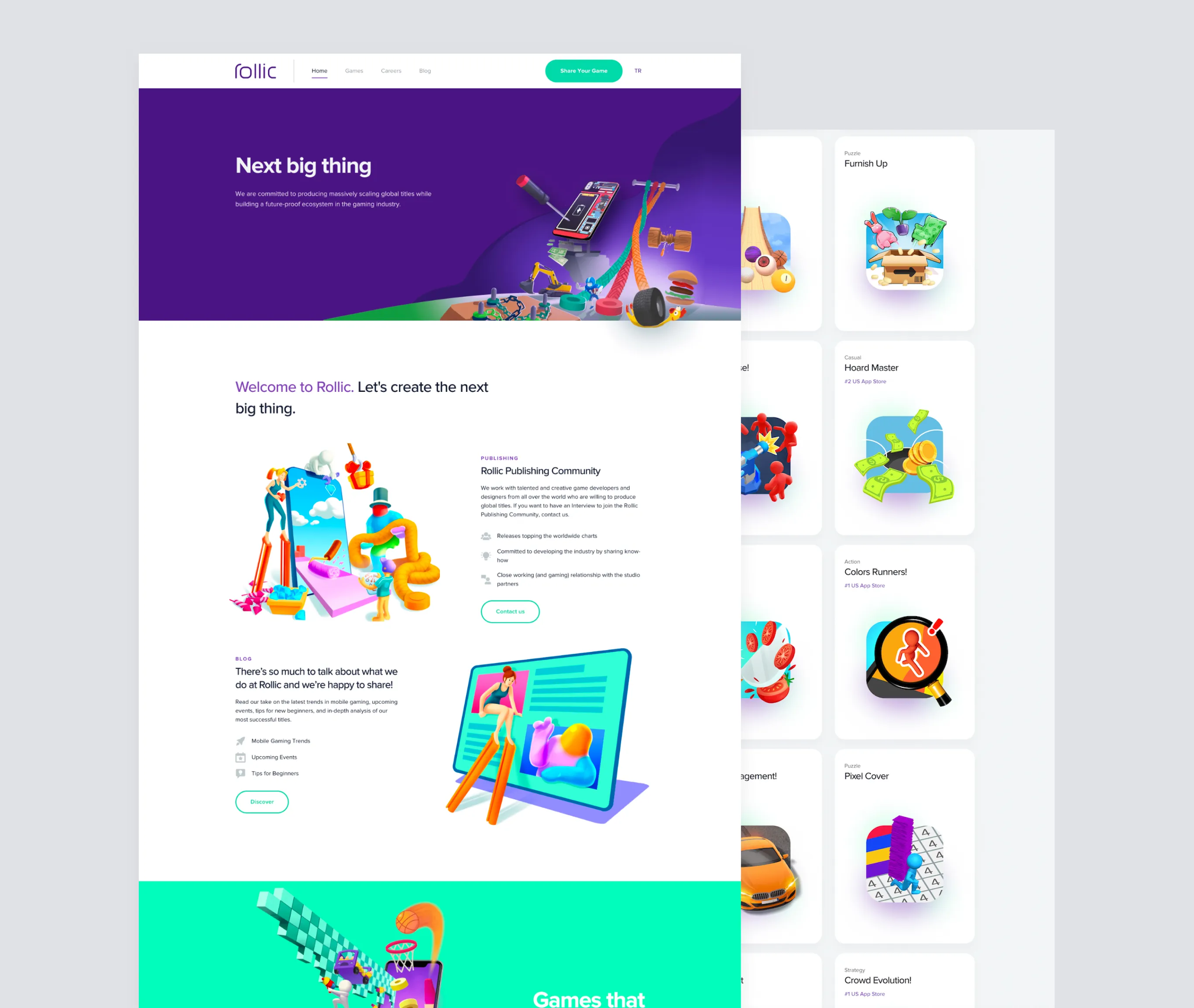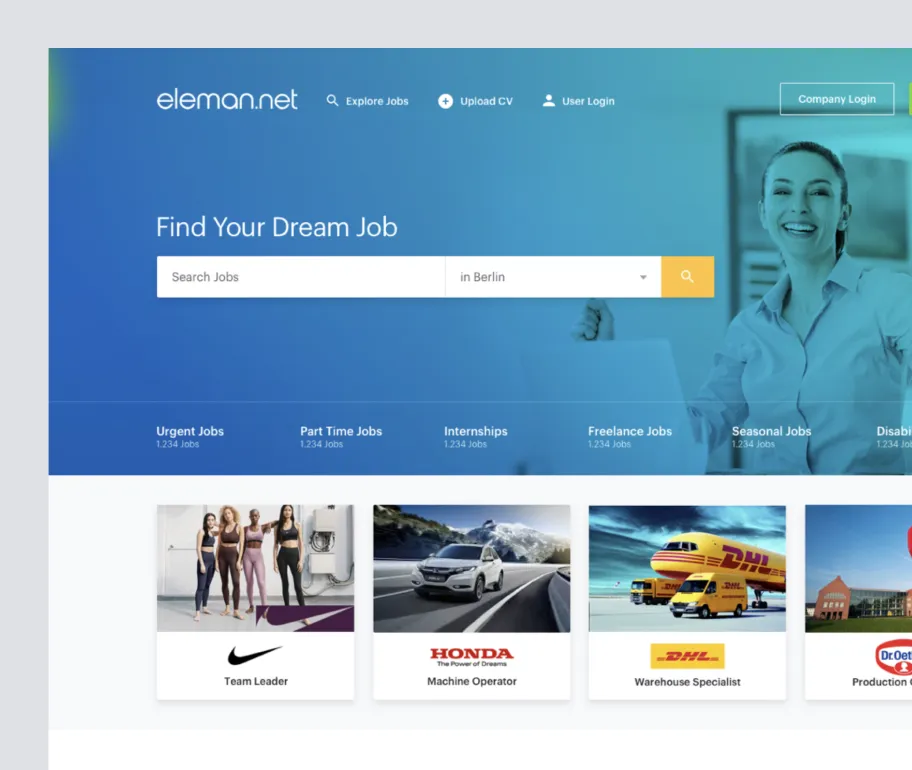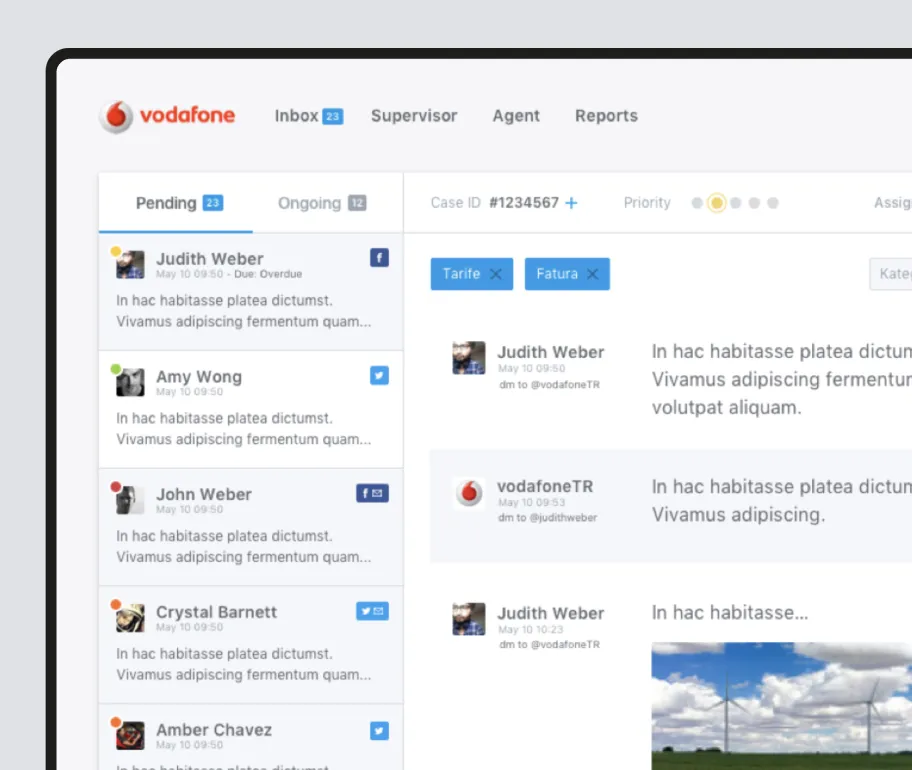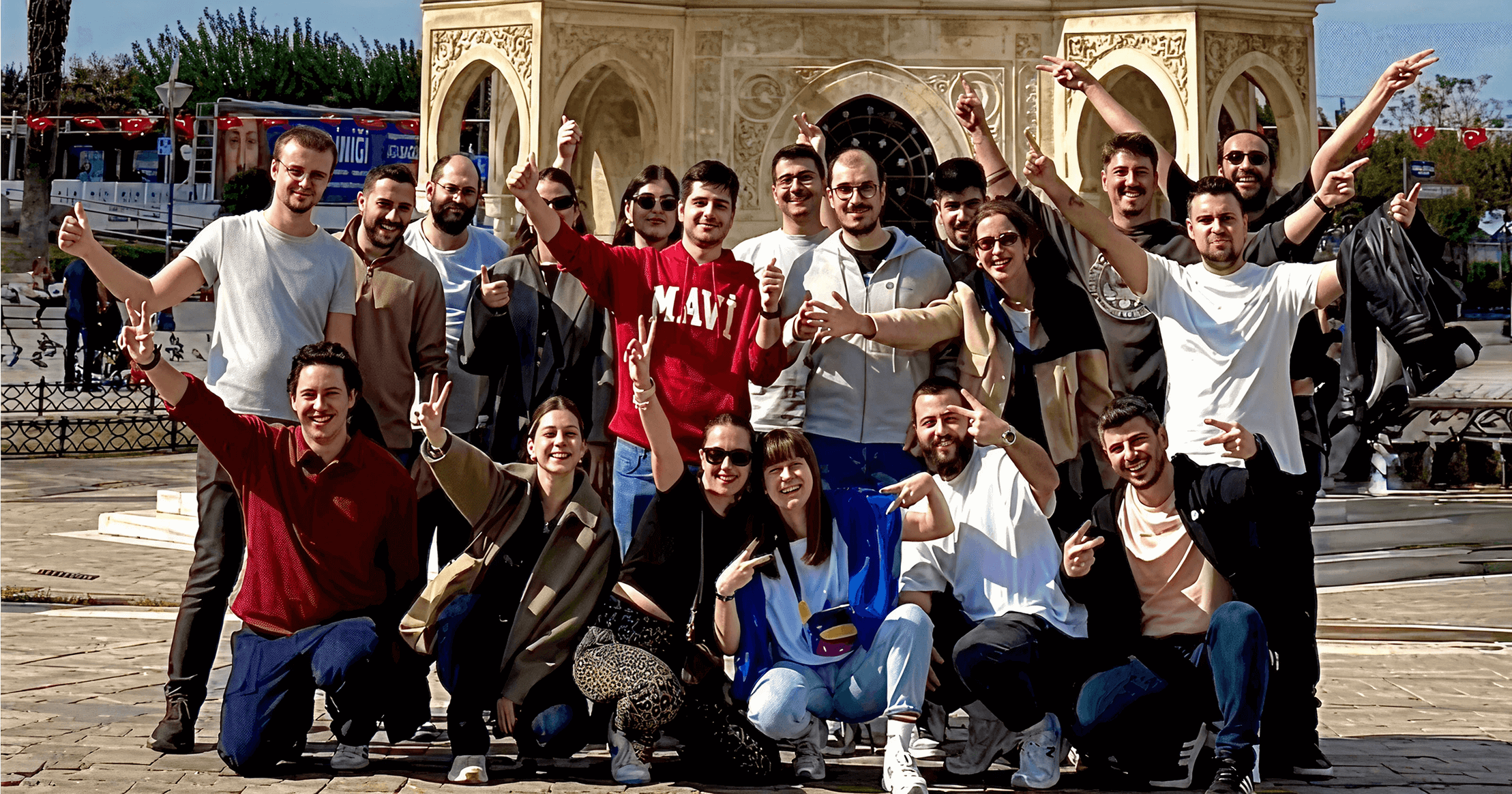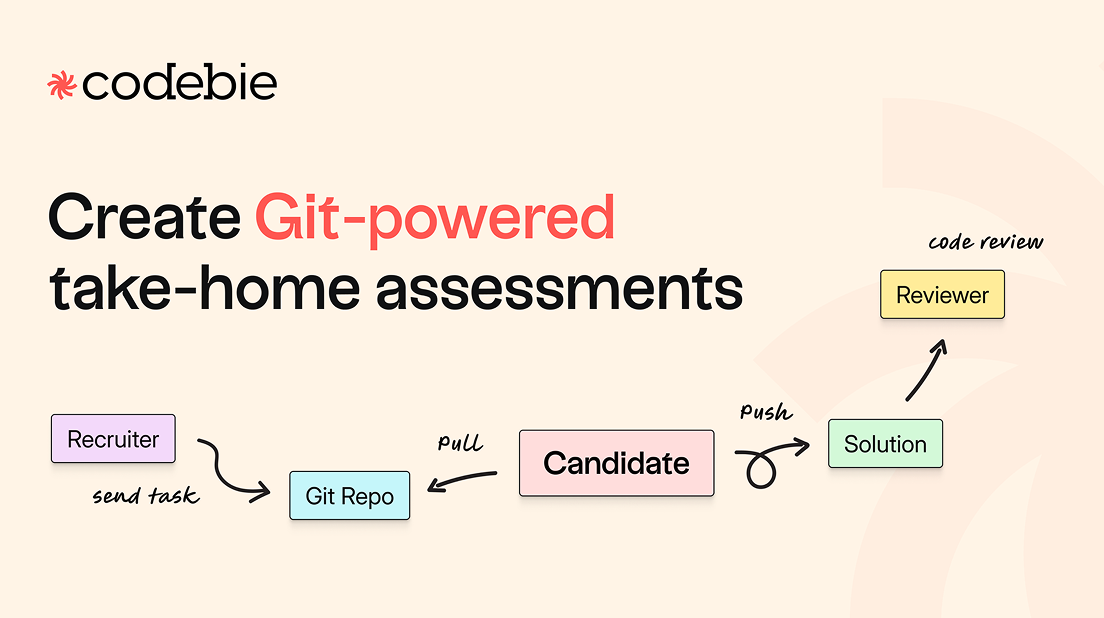Building Baumappe step by step
Heinrich Schmid has various departments, each with unique operational needs. In the initial phase of the project, we specifically targeted the Instant Offer module to streamline their project bidding processes. With this feature, users can create offers by entering site measurements, attaching operations with unit costs, and calculating total values accordingly.
After 100 days, we successfully launched the first version of the application. Following the release, Systemhaus, the enterprise group's Shared Service Center, collected feedback from branches to evaluate performance. The response was overwhelmingly positive; employees found the application easy to use and seamlessly incorporated it into their daily routines.
With this validation, the application quickly expanded beyond its original scope. It evolved from a monolithic structure into a distributed architecture using microservices and microfrontends to accommodate growing departmental needs from HR, Sales, and Finance. Ultimately, this growth resulted in the delivery of 22 modules, with the primary ones being SIV, Time Tracking, and Drive.

Introducing the core modules
Of the three primary modules of Baumappe, the SIV module is the best place to start. This module is Baumappe’s project management tool, acting as the central hub for managing and planning construction projects. It allows users to estimate working hours, materials required, associated costs, and potential profits or losses, providing a clear overview of each project's financial and operational details. SIV includes detailed task and cost management capabilities, letting users plan services with predefined or custom entries, track actual working hours, and manage subcontractor expenses to maintain strong financial oversight.

Next comes the Time Tracking module, Baumappe’s time management tool. It simplifies logging, reviewing, and managing employee working hours. Employees effortlessly record their daily hours, breaks, vacations, and sick leaves. The system prevents conflicts by ensuring no employee is assigned overlapping projects. Managers can review, approve, and revise records according to company workflows.
Finally, the Drive module completes the trio. As Baumappe’s central document management tool, it allows users to handle everything from system-generated SAP invoices to custom files like GIF, SVG, MSG, and more. With categorized folders, customizable folder structures, and bulk operations (such as archiving, deleting, or sending), users have complete control and organized access to their documents.

Scaling beyond the core modules
Beyond its three core modules, Baumappe includes a range of specialized modules that enhance efficiency across different aspects of construction management.
The Overtime module ensures transparency in additional working hours, requiring customer confirmation and allowing digital signatures for seamless approvals. The Risk Assessment (GBU) module enforces workplace safety by documenting hazards, defining protective measures, and collecting employee signatures to meet legal requirements. Meanwhile, the Acceptance Report formalizes project completion, marking the start of warranty and invoicing, while the Concern and Obstruction modules document potential issues that arise on-site.
Additional tools further optimize workflows. Construction Note acts as a flexible digital canvas for site documentation, allowing users to create text-based or visual notes, similar to Google Keep. The QSST module collects customer feedback on completed work, and the SIV Billing Attachment simplifies the invoicing process by generating structured documents based on project entries. Together, these modules expand Baumappe’s capabilities, ensuring construction projects are managed with precision from planning to final approval.
How our team adapts to change
At first, we provided Heinrich Schmid with a compact, agile team designed to quickly deliver the first version of the product. This initial team adopted a self-managing Scrum approach, adhering closely to Scaled Scrum principles for maximum efficiency.
As the product's needs evolved and expanded, we scaled up accordingly. We grew our team in size and capabilities, eventually forming two dedicated Scrum teams. Today, our two teams continue to develop the main web application while collaborating closely with another software development partner responsible for the mobile version. We also remain in charge of the backend infrastructure and API services that power both platforms. This setup requires close coordination between all development teams to ensure seamless integration and consistent performance across web and mobile.
Our ability to work in sync with external partners while scaling internally reflects our ability to flexibly scale and adapt to our client’s requirements, consistently providing a team structure that meets their changing operational needs.
The technologies powering Baumappe
While developing the Baumappe project, we’ve adopted a distributed architecture with microservices and microfrontends, enhancing our system with independent deployments and increased fault tolerance. To ensure rapid delivery in this distributed architecture, we’ve utilized GraphQL gateways and GraphQL servers. This enabled separate teams to work simultaneously on the same product.
To keep up with the fast pace of development, we’ve adopted feature toggling, creating a flexible environment for deployments. This approach has allowed various teams to simultaneously ship multiple features and release them right when needed.
We’ve also established a fully automated CI/CD ecosystem, enabling these separate teams to execute several production deployments daily. Within this ecosystem, we’ve used Azure DevOps to manage our CI processes, while we relied on ArgoCD to handle our deployments automatically, streamlining operations and creating a highly efficient development workflow.

How our services extend beyond coding
If we were to list the services provided for the Baumappe project, it would include the expected ones like web development, software architecture, data and platform engineering, and DevOps. But our contribution goes beyond just coding.
Drawing from our years of experience with the product, we also offer consultancy by sharing our views on potential feature developments, pinpointing areas for enhancement, and suggesting more impactful implementation strategies. In addition to delivering code, our comprehensive service package encompasses quality assurance processes and product management, adding substantial value to our partnership.
















